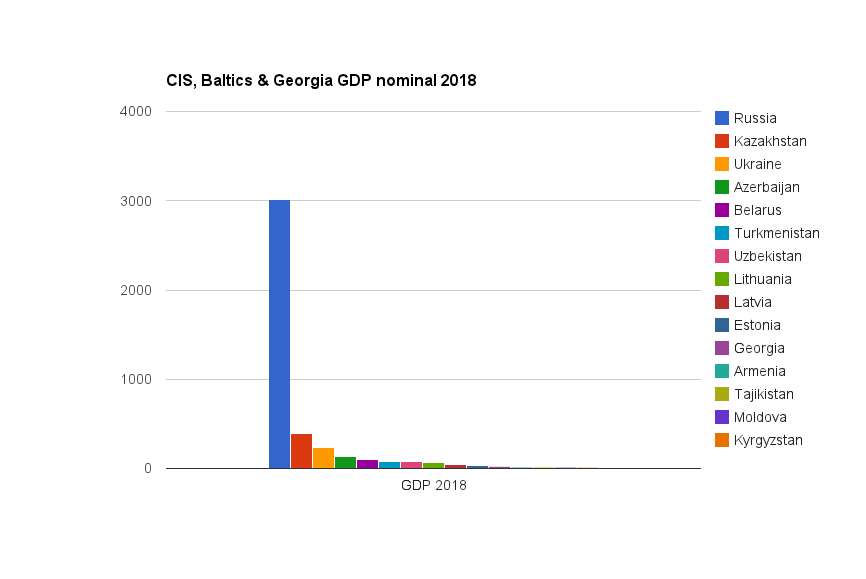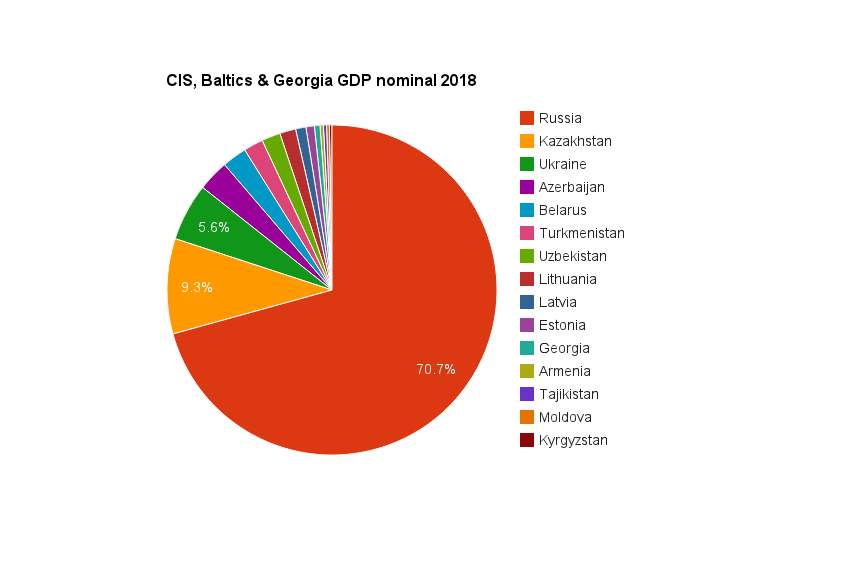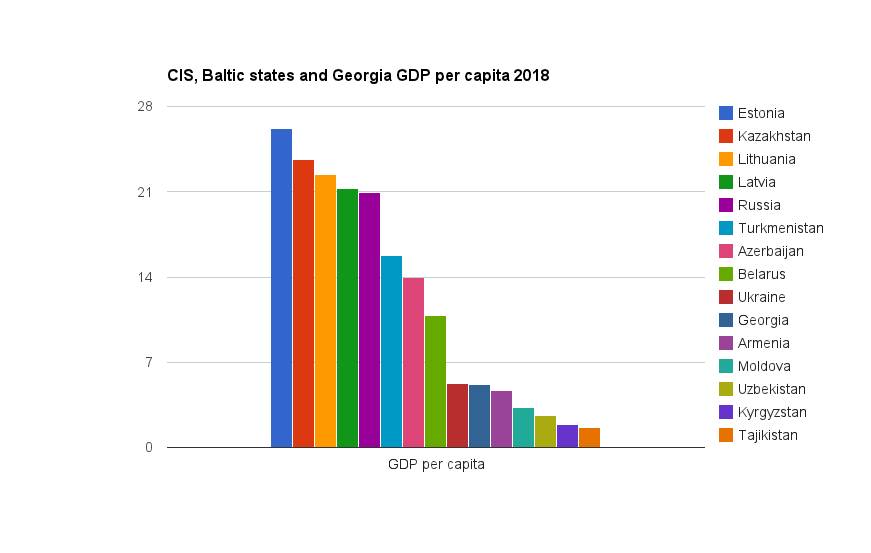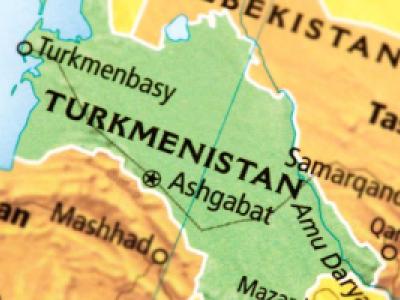I recently wrote an article exploring the Gross Domestic Product (GDP) of the Commonwealth of Independent States (CIS), Baltic states, and Georgia in 2012. Now, I'm turning my gaze to the future and examining what the economies of the former Soviet Union republics may look like in 2018.
Why 2018? I'm relying on IMF forecasts, and as of now, the closest future projections available from the IMF extend until 2018.

As per the data provided by the IMF, in 2018, the largest economy in the CIS, Baltic states, and Georgia will be Russia, with a GDP of $3 trillion (up from $2 trillion), while the smallest will be Kyrgyzstan with a GDP of $10.7 billion (up from $6.7 billion).
Comparing the economies from 2012 to 2018, the placements will not experience dramatic changes. Russia will remain the leading economy, followed by Kazakhstan and Ukraine. The exceptions will be Uzbekistan and Turkmenistan, which will outperform the Baltic states, such as Latvia and Lithuania, in terms of GDP.
Let's take a look at the percentage change:

Although Russia's economy will soar to reach $3 trillion by the end of 2018, its overall GDP role will decrease by 2% as compared to its 2012 level of 73.2%. On the other hand, Kazakhstan will soar to reach $397 billion by the end of 2018 (up from $201 billion in 2012), resulting in an increase in its role in the overall chart from 7.4% to 9.3%. Ukraine's GDP will grow slowly, resulting in a decrease in its role from 6.5% to 5.6%. All other countries combined will generate 14.4% (up from 12.9% in 2012).
Now, let's examine the GDP per capita level in these countries by the end of 2018.

As per the IMF, by the end of 2018, the highest GDP per capita will be in Estonia, reaching $26,190, while the lowest will be in Tajikistan, accounting for $1,633. This results in a gap of $24,557 between the smallest and largest GDP per capita. Impressive, isn't it?
Kazakhstan is expected to reach $23,630, while Russia will reach $20,970. The third largest economy of the former Soviet Union, Ukraine, will only reach $5,260.
In conclusion, I would like to pose the question: which country will be the first to reach a GDP per capita of $30,000? Will it be Estonia or maybe Kazakhstan? Will it happen by the end of the decade, by 2020?


